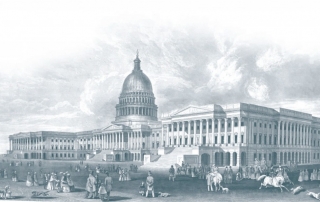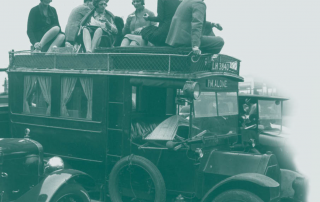THE ACCESS ALMANAC: Common Ground
Karen Trapenberg Frick
With political polarization hindering progress in public policy and meaningful engagement at all levels of government, now is a good time to reflect on how we run public participation processes. How do legislative requirements—like those for the regional planning process in California—help or hinder meaningful public engagement? What are the biggest challenges and opportunities for improving public engagement?





